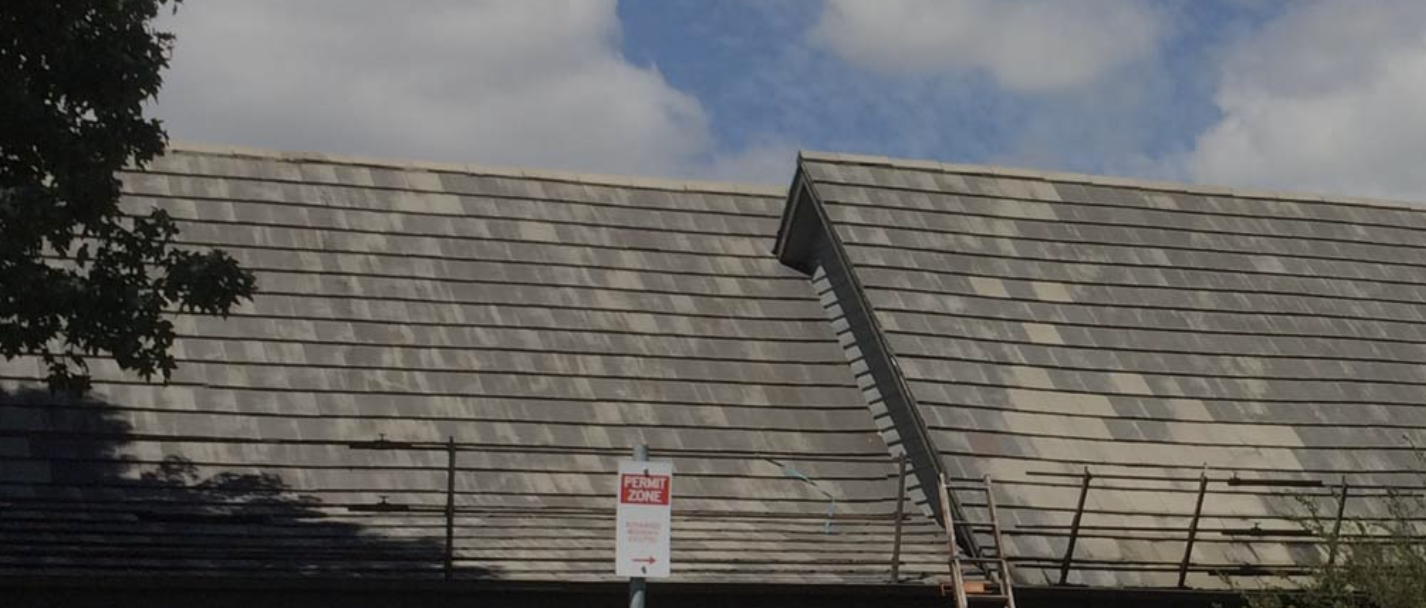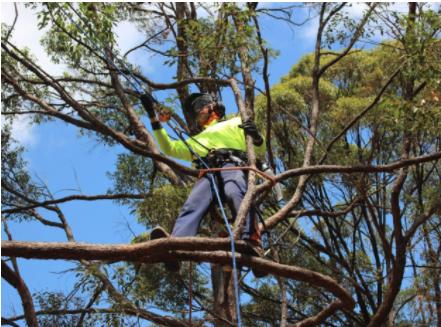Landscape design is the art of implementing beautiful structures and natural elements that bolster the value of modern residential or commercial properties. Typically the contemporary landscape design is the construction of a garden, deck or pergola system. Landscaping design involves conceptualization, development, installation and maintenance of the final product. A complete and well-designed landscaping structure will create an eco-friendly feature that bolsters property value and creates an outdoor sanctuary for your home.
Principles of Modern Landscaping Design
The principles of designs are techniques used by landscaping designers for a more effective and attractive finish. The main fundamental principles of design are Balance, Focalisation, Simplicity, Variety and Flow. Excellent modern landscaping designs combine both soft and hard landscaping features to create a harmonious outdoor space for your property using the following design principles:
- Balance
Balance is the distribution of the visual weighting of colours, textures, objects colours and space. The effective use of balance harmonises your outdoor landscape, providing a pleasant aesthetic appeal. There are two key types of balance; symmetrical and asymmetrical.
Symmetrical landscaping design involves distributing the visual weight from one side of your landscape to the other. This ‘Mirroring’ creates a formal aesthetic of foliage and masonry, often arranged in geometric patterns through walkways, garden beds and vertical horticulture.
Asymmetrical balance on the other hand is a popular technique that involves unequal visual weight on each side of the composition. Asymmetrical balance can be an effective focalisation technique.
- Focalisation
Focalisation in landscaping design is the emphasis of the most prominent part of your landscape. In other words, it’s the key aspect of your garden you wish to exhibit. Whether it be an architectural feat or a particularly beautiful tree, expert garden designers will buttress the focal point of their garden using different shapes, textures and contrasts.
- Simplicity
More isn’t always better. It’s important landscapes aren’t clustered with too many different colours, shapes and textures. Scandinavian garden designers are notorious for their use of clean and minimalistic styles, which has been a pivotal influencer in modern landscaping and architecture. By keeping things simple and consistent, it makes for a clean and sleek aesthetic, but don’t be dull!
- Variety
Involves using a multitude of design elements to maintain and guide a viewers attention through your composition. In landscaping design, this could be the distribution and arrangement of different flower species. Variety is essential for an alluring landscape and plays an important role in flow.
- Flow
To retain focus throughout your landscape, the use of recurring elements is essential in leading the eye to your garden’s focal point. Flow is the practice of implementing consistent spaces and patterns in your garden to create a sense of rhythm. Naturally, the use of rhythm creates attractiveness to your garden that draws in and maintains attention.
Hard v.s Soft Landscaping
- Soft landscaping is also referred to as natural landscaping. It is characterised by natural elements such as water and plants that enhance the visual appeal of the area. Landscape plants are typically introduced to create a calming effect that will make a person feel at home. Some examples of soft landscaping features include water features, ground covers and trees.
- On the other hand, hard landscaping is the use of ‘hard’ materials such as masonry, fountains, pavement, walkways, light installations and outdoor ponds. Unlike soft landscaping, hard landscaping is more difficult to implement but doesn’t require constant maintenance. Instead, hard landscaping lays the foundations for the longevity of your garden. Hard and soft landscaping complement each other and are essential aspects of modern landscaping design.
Where Can I Find Good Landscaping Designs?
If you live in Melbourne, you’re in luck. Desired Landscapes could fit your home with a new flush landscape design. Pinterest is a great way to find inspiration for your garden. Rather than creating a design from scratch, you can draw inspiration from the styles used by award-winning landscape designers. If you’re able, investing in professional landscaping significantly enhances the value of your property.
Can I do Landscaping Myself?
Absolutely! It’s important to remember that landscape design should have a purpose and function. If the goal is to add value to your home, a well-built landscape is always an attractive feature. Not everyone can afford professional landscaping. The good news is there’s plenty of great advice on how you can do it yourself. A DIY outdoor landscape is an exciting project, but it’s important to understand that it takes a lot of time, effort and patience. Your landscape should involve hard and soft landscaping and you should aim for a design that is easy to maintain and upgrade over time. Well-built landscape design can create a relaxing sanctuary for you and your family. If you do it yourself, it’s an incredibly rewarding way for you to kick back and enjoy the fruits of your labour.
What Steps Can I Take From Here?
Modern landscaping designs should be carefully thought out before construction begins. When it comes to building a landscape, the best approach is to sketch out a mind map for the purpose of your landscape. If you’re ready to make an investment to increase the value of your property, search around for local landscaping services near you to compare quotes and begin conceptualizing the landscape you’ve envisioned.

